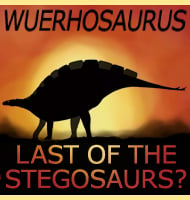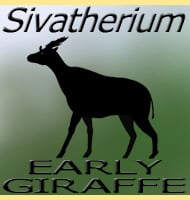In Depth
Cynthiacetus was very similar to the famous Basilosaurus, one of the largest and most famous of the primitive archaeocetid whales. In fact the skull of Cynthiacetus is very similar to the skull of Basilosaurus in both size and form, but Cynthiacetus is known to be different by the simple observation that the vertebrae in the spine are not elongated as they were in Basilosaurus. This indicates that while Cynthiacetus had a similar head size and body width, the actual physical length of the body would be significantly less than that of Basilosaurus. In a 2007 paper by P. D. Gingerich, Cynthiacetus was stated as having similar body proportions as Dorudon. Therefore figuring the skull size to body ratio of Dorudon and scalong it to accomadate the size of a Cynthiacetus skull results in a estimated total length of Cynthiacetus of about eight and a half meters.
Further Reading
- A new genus and species of archaeocete whale from Mississippi. Southeastern Geology 43(3):157-172. - M. D. Uhen - 2005. - A new basilosaurid (Cetacea, Pelagiceti) from the Late Eocene to Early Oligocene Otuma Formation of Peru. - Comptes Rendus Palevol 10:517-526. - M. Martinez-Caceres and C. Muizon - 2011.









